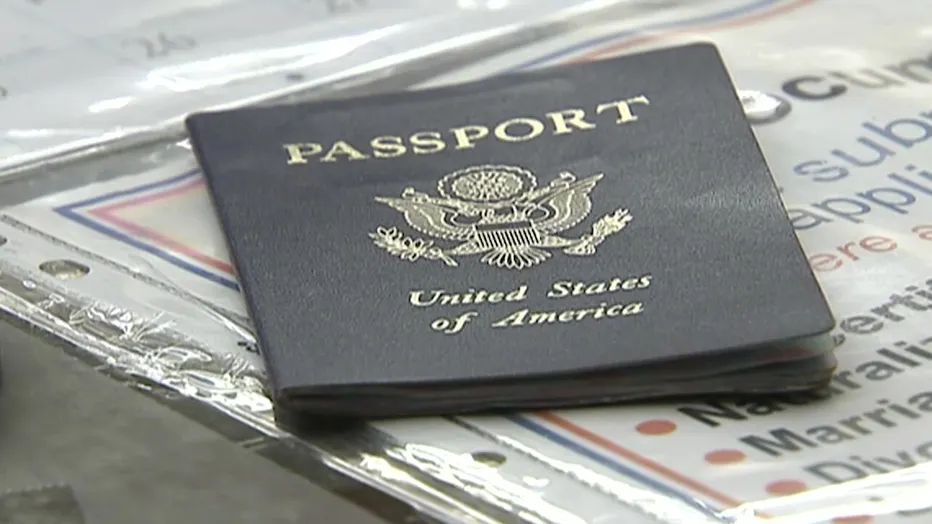USA Travel Restrictions 2024
Good day and welcome to our website where we will be talking about some USA travel restrictions. Currently, as an American citizen, you’re free to travel to several popular destinations. However, some countries still have restrictions in place or are closed to US tourists.
Here’s where you can – and can’t – go right now:
1. Mexico and the Caribbean
Many beach destinations in Mexico, the Bahamas, Jamaica, Costa Rica, and the Dominican Republic are open. You may need a negative COVID-19 test to enter. Cuba remains closed to Americans for tourism.
2. Canada
America’s neighbor to the north is open. You’ll need to show proof of vaccination and a negative test to cross the border. The land border is open, but restrictions can change quickly.
3. Europe
Most of Western Europe, including Spain, Italy, Greece, France, and Portugal are allowing vaccinated Americans to visit for tourism. Some require testing. The UK is open but requires quarantining. Most of Eastern Europe is closed or has strict entry rules.
4. Asia and Oceania
Thailand, French Polynesia, and parts of the Maldives are open to vaccinated tourists. Australia and New Zealand’s borders remain closed. Travel to China, Japan, Vietnam, and India is prohibited for tourism.
5. Africa and South America
Parts of South Africa, including Cape Town are open to Americans. Most other African and South American countries prohibit tourism or have testing and quarantine requirements.
As you can see, while some favorite destinations are starting to reopen, much of the world remains off-limits for leisure travel. The rules are constantly changing, so check with the CDC and destination country for the latest guidelines before you go. With some patience and flexibility, you may still be able to take that long-awaited trip abroad.
Countries With Travel Bans and Restrictions for US Citizens
Several popular travel destinations have restrictions in place for US citizens right now. Before you book that dream vacay, check to see if the country you want to visit will even let you in.
1. Mexico
Mexico is currently open to US tourists arriving by air, but land border crossings are closed for nonessential travel. You’ll need to fill out a health declaration form and have your temperature checked upon arrival. Some resorts and hotels have reopened, but capacity is limited. It’s best to check with where you want to stay directly for their latest policies.
2. Canada
Canada has banned entry to US citizens for nonessential travel. Only those visiting for work, school or medical reasons will be allowed to enter. When the border does reopen, Canada will require proof of a negative COVID-19 test taken within 72 hours of travel.
3. The Bahamas
The Bahamas reopened to international tourism on July 1, but there are several requirements for US visitors. You’ll need a negative COVID-19 PCR test taken no more than 5 days before travel and must fill out an electronic health visa. Upon arrival, additional health screenings like temperature checks and a brief health questionnaire will be required. Some islands have curfews and activity restrictions, so check for any advisories before booking activities.
4. Jamaica
Jamaica reopened to international tourists, including Americans, on June 15. You must apply for a travel authorization, have health insurance that covers COVID-19, and upload a negative COVID-19 PCR or antigen test result from a test taken within 10 days of your trip. Be prepared for temperature checks and health screenings when you land. Some public facilities and attractions may have limited hours or capacity.
Tips for Americans Planning International Trips
As an American planning international travel, there are a few tips to keep in mind. Many countries have restrictions on U.S. visitors due to the ongoing COVID-19 pandemic, so do your research ahead of time.
1. Check the entry requirements. Visit the State Department website to check if your destination country is allowing tourists from the U.S., if there are any restrictions like quarantines or testing, and if you need a visa. Requirements can change quickly, so re-check entry rules within a week of your trip.
2. Consider travel insurance. In these uncertain times, travel insurance is a good idea, especially if you have a medical condition. Look for a policy that covers COVID-19 related trip cancelations or medical care.
3. Prepare essential documents. Make sure your passport is valid for at least 6 months after your trip. Bring copies of important papers like your passport, insurance card, and itinerary. Have digital copies as backup too.
4. Plan ahead for any required testing. Some countries require proof of a negative COVID-19 test within 72 hours of your flight. Work with an approved testing partner to schedule a test for the proper window of time before you travel.
5. Check local COVID-19 conditions. Review the case numbers and restrictions where you’re going. Follow all local guidelines like mask wearing, social distancing and curfews to minimize risks to yourself and others. Things can change quickly, so keep checking until your departure.
6. Consider a ‘bleisure’ trip. Combine business and leisure travel if possible. You may face fewer restrictions entering a country for work purposes. Then extend your stay to add some vacation time. Check with the embassy about any requirements for business travel.
7. Book flexible travel. Choose refundable or changeable tickets and hotels in case you need to alter or cancel your plans due to changing restrictions. Some airlines and hotels are offering increased flexibility due to COVID-19.
Conclusion
With some advance planning and flexibility, Americans can still travel internationally, even with restrictions. But be prepared for changes and follow all entry requirements to ensure you have a safe trip. The situation remains fluid, so regularly check for updates both before you go and during your travels.

